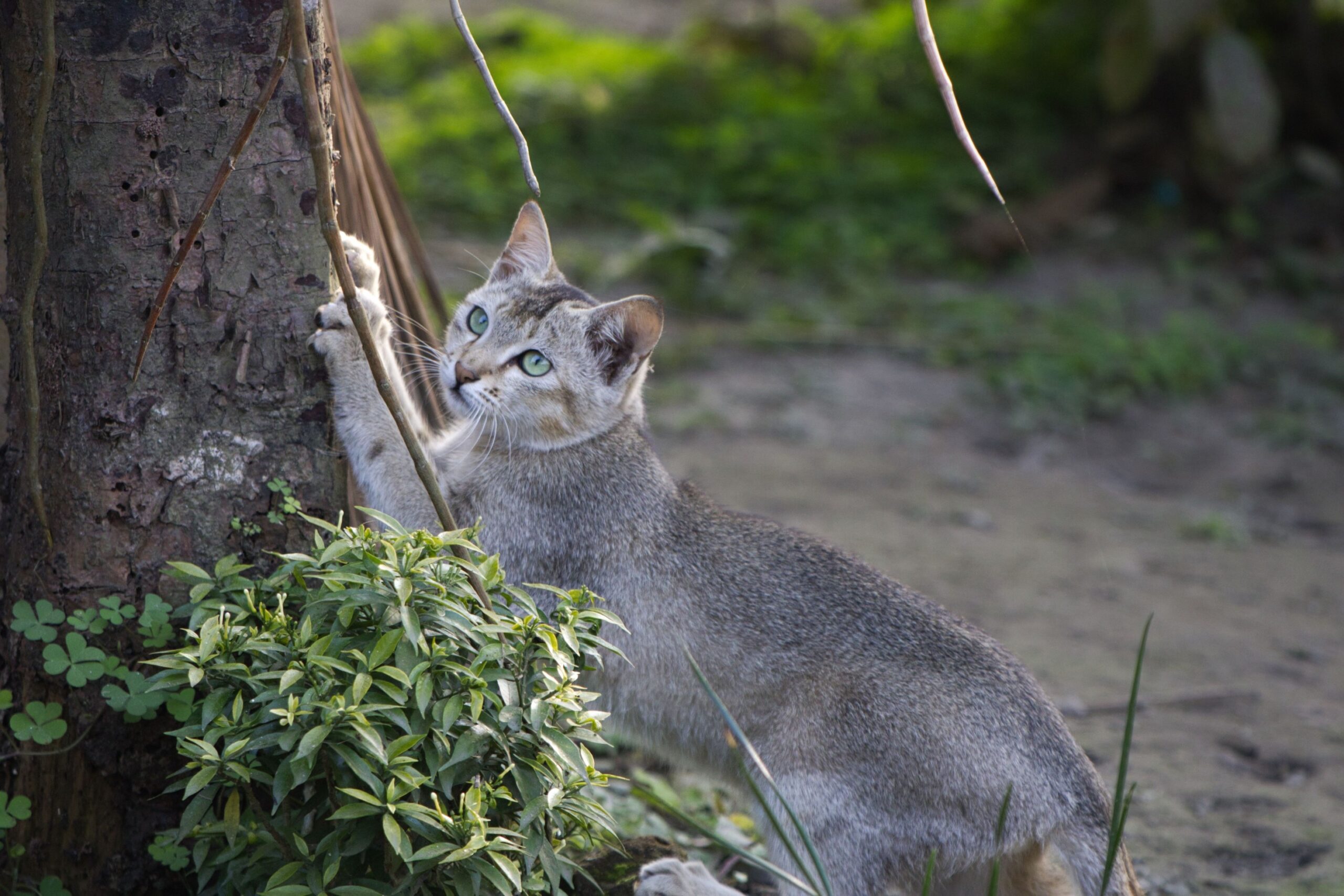When you are driving down the freeway, you are surrounded by hundreds or even thousands…
Stay Safe: 7 Animal Safety Tips for Joggers and Cyclists – Guest Post

Jogging or cycling outdoors can be a fantastic way to stay fit and healthy. However, it’s essential to be cautious of animals that live in the great outdoors and might see you as a potential threat. Animals, big or small, can be unpredictable, which can be dangerous for you as well as the animal. Here are 7 animal safety tips for joggers and Cyclists.
As a jogger or cyclist, it’s crucial to be aware of your surroundings and learn how to protect yourself and the animals. In this post, we’ll be discussing some essential animal safety tips for joggers and cyclists to help you stay safe and enjoy your outdoor exercise.
Know the Animals in Your Area
It’s important to understand the wildlife in your local area. Doing a little research beforehand can help you identify different species of animals you may encounter on your jog or bike ride. You can use the internet, your local library or park ranger office, or even apps to learn about the common wildlife in your area. Understanding which animals are most prevalent and how they behave can significantly reduce your risk of encountering them.
In the United States, joggers and cyclists may encounter a variety of animals while out on their routes. Some of the most common animals are deer, squirrels, rabbits, snakes, coyotes, foxes, and raccoons. Depending on where you’re jogging or cycling, you may also see birds like hawks and owls, or even larger animals like bears and moose. Generally speaking, these animals are harmless if left undisturbed; however, it’s important to be aware of your environment and stay alert when you’re out exercising. Being mindful of the wildlife around you can help keep both you and the animals safe.
Be Alert and Aware
Being alert and aware of your surroundings can help you identify any potential threats during your workout. Always stay on high alert as you jog, cycle, or even walk in natural areas. Look ahead and scan the environment for any visible signs of dangerous animals, such as tracks or scat. If you are cycling, ensure your peripheral vision isn’t blocked by wearing a helmet mirror. If you are jogging, don’t wear headphones and avoid getting lost in your own thoughts.
Making noise as you go can also be a helpful tool for deterring animals. It’s important to make noise and let the animals know that you are coming, so they have time to move away from your path. Bang sticks together or use a whistle if necessary. Be careful not to do anything aggressive, however; this could agitate the animal and put you at risk. Additionally, listening for any unusual or loud noises can be a sign of animals in the area—particularly birds like hawks or owls—so remain aware of your surroundings as you exercise.
Carry a Whistle or Air Horn
Carrying a whistle or air horn can be a highly useful tool to deter any animals. While these devices may not be effective in all situations, they will give you some peace of mind knowing you have a way of alerting animals to keep away. If you encounter an animal that does not respond to noise, it’s essential to walk away. Never provoke animals, as it can quickly turn into an unpredictable and dangerous situation.
Stay on Designated Trails
Sticking to designated trails marked for hikers, runners, and cyclists can help minimize your risk of encountering wildlife. Avoiding off-trail adventures will not only keep you safe but will also reduce any potential harm to wildlife habitat. If you do encounter an unexpected animal while you are out, try to give them as much space as possible, and leave the area calmly and quietly.
Keep Your Distance
As much as possible, keep a safe distance from any animals you come across. If you do come across an animal, try to give it the space it needs to move away from you. Never try to approach it, touch it, or feed it. Respect the animal’s presence and space.
If an animal is actively approaching you, it’s important to remain calm and maintain a safe distance. Do not make sudden movements or run away as this may startle or agitate the animal. Speak calmly and firmly, informing the animal that you are there and that it should leave.
If possible, try to slowly back away from the situation, while maintaining eye contact if necessary, but only if you are certain the animal won’t follow you. If the situation escalates and the animal is getting too close, use your whistle or air horn to deter it away. Avoid aggressive movements as this may further anger the animal. If all else fails, call for help from a park ranger or other authorities in the area.
Avoid Startling an Animal
Sudden movements or loud noises can startle an animal, causing them to act aggressively. To avoid startling an animal, give them time to see you by making noise or speaking softly to let them know you are approaching. It’s also best to avoid wearing headphones or listening to music while jogging or cycling outdoors. It can limit your ability to hear noises that could be warning signs of animal presence.
Know What to Do if You are Attacked
Knowing what to do if you are attacked can be life-saving. Depending on the animal, you will need to employ different strategies to defend yourself. For example, if you are confronted by a mountain lion, do not run, and make yourself as large and as noisy as possible. If you are attacked, fight back. If it’s a bear, play dead, and cover your head and neck with your hands. Never play dead with mountain lions or wolves, as it may encourage them to continue an attack. For snakes, slowly and calmly back away, and if you are bitten, seek medical attention immediately.
If you have been attacked by an animal, it’s important to seek help right away. Contact your local law enforcement or wildlife authorities and alert them to the situation. They can help assess the area and provide advice on what to do next. You may also want to consider speaking with a lawyer who has expertise in animal law, such as Wingfield, Ginsburg & Lipp, PC.
An experienced lawyer can help explain your legal rights and provide guidance on the best course of action to take. Even if you weren’t injured, they can also provide information about filing a claim or seeking compensation for any damages caused by the animal attack. Seek professional advice right away so that you are fully informed of your options.
Running and cycling can be a great way to stay fit and connect with nature. However, it’s crucial to always be mindful of risks and take measures to keep yourself safe. Here are some animal safety tips for joggers and cyclists . By staying alert, carrying a whistle or air horn, sticking to designated trails, knowing what to do if you are attacked, and more, you can reduce the chances of a negative encounter with wild animals. Remember, the most important thing is to remain vigilant and aware of your surroundings. Stay safe, and have a fantastic workout!

